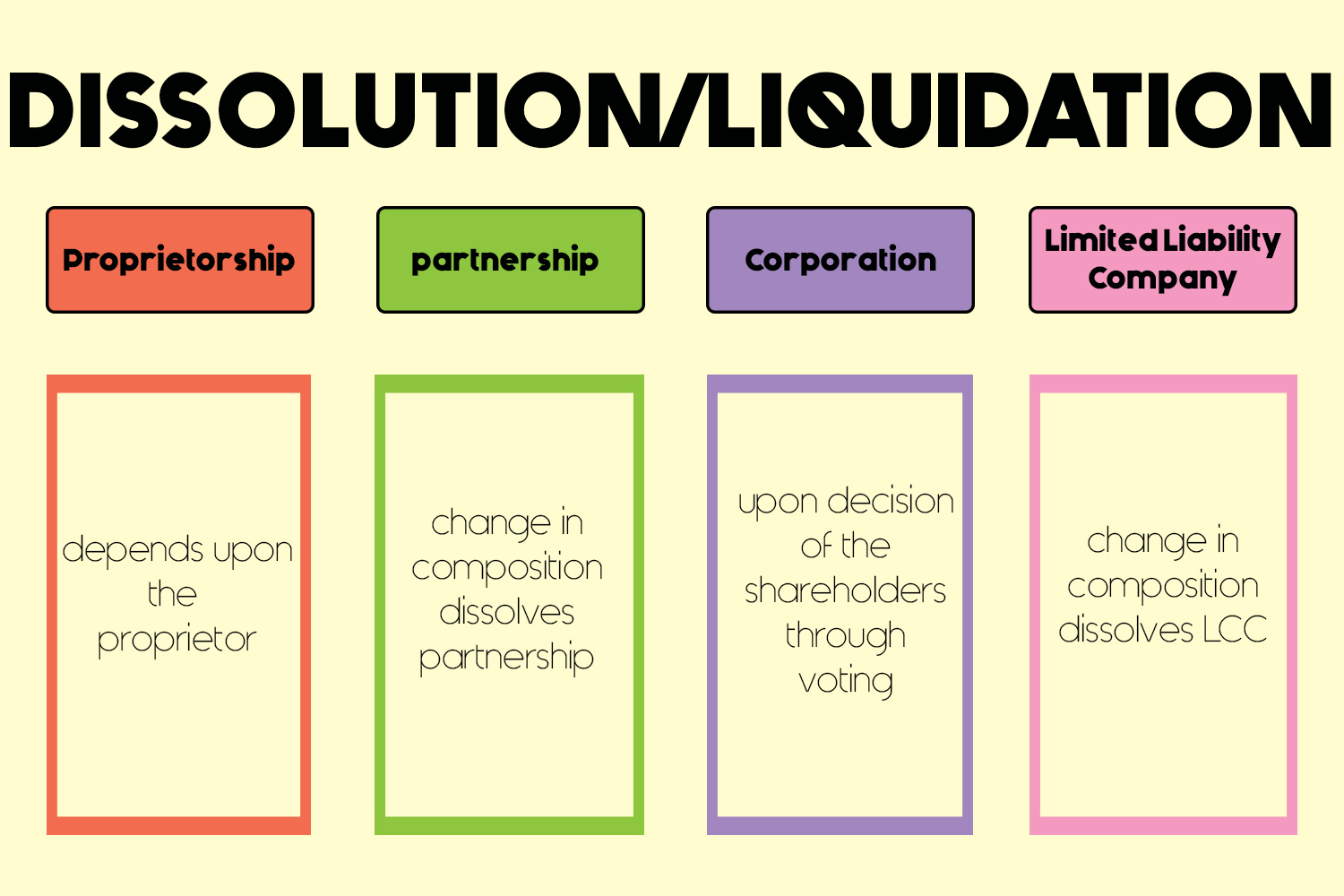If a Company Goes Into Administration, What Happens to Staff Payments and Redundancy? An Overview for Administration Staff
If a Company Goes Into Administration, What Happens to Staff Payments and Redundancy? An Overview for Administration Staff
Blog Article
Understanding the Repercussions of Company Liquidation on Worker Retention and Benefits

Effect On Job Safety And Security
In the event of company liquidation, the effect on work safety can be considerable for workers as uncertainty regarding future work emerges. When a business goes into liquidation, workers face the complicated prospect of potential work loss. This unpredictability can result in heightened stress and anxiety and anxiousness among the workforce, influencing their spirits and productivity.
Throughout the liquidation procedure, employees may experience a variety of emotions, consisting of concern, stress, and rage, as they come to grips with the possibility of joblessness. The absence of clarity bordering the timeline of the liquidation and the destiny of their settings can develop a sense of instability within the workforce.
Moreover, workers might also be concerned concerning the status of their advantages, such as healthcare protection, retirement plans, and paid pause, throughout and after the liquidation process. The prospective loss of these advantages adds one more layer of intricacy to an already tough scenario for employees.
Modifications in Staff Member Benefits

One common change is the decrease or removal of particular advantages to cut costs and settle outstanding debts. Company payments to retirement strategies may discontinue, leaving workers to shoulder the complete responsibility of conserving for their future. Additionally, health care advantages may be scaled back, causing higher out-of-pocket expenses for clinical services.
Communication ends up being critical throughout this period of change. Employers should be clear about the adjustments, supplying clear explanations and help to aid workers navigate via the adjustments. Open discussion and support can aid ease anxiety and unpredictability amongst the workforce, cultivating a more favorable change experience despite the difficult circumstances.
Retention Methods Post-Liquidation
Complying with the business liquidation, applying reliable retention strategies is essential to protecting business skill and preserving stability within the workforce. In times of uncertainty, workers might really feel nervous regarding their future task protection and be more inclined to look for different work possibilities. To mitigate this risk, companies should concentrate on open interaction, giving openness pertaining to the business's situation, and providing support to employees throughout the click resources transition duration.
One trick retention method post-liquidation is to prioritize employee well-being and spirits. This can be accomplished with normal check-ins, counseling solutions, and creating a positive work environment. Furthermore, supplying profession development possibilities and upskilling programs can improve staff member inspiration and involvement throughout difficult times. Acknowledging and awarding staff members for their commitment and dedication can likewise promote a sense of loyalty and dedication to the organization.
Furthermore, developing a clear career progression path and setting practical goals can offer staff members an orientation and purpose within the company (do you still get redundancy if company goes into administration). By purchasing worker development and actively including them in decision-making processes, companies can enhance employee retention rates and construct a resilient workforce post-liquidation
Legal Legal Right and Securities
During the after-effects of company liquidation, it is essential to resolve the lawful civil liberties and securities offered to staff members to ensure a compliant and fair procedure. It is vital for workers to understand these civil liberties and seek lawful guidance if required to browse the intricacies of the liquidation process.
Additionally, in situations where a business goes into liquidation, staff members are frequently thought about preferential creditors, approving them greater priority in receiving outstanding repayments over other creditors. Understanding these legal civil liberties and defenses is fundamental for staff members to protect their rate of interests and look for appropriate option in the occasion of business liquidation - do you still get redundancy if company goes into administration.
Managing Financial Uncertainty
Navigating economic uncertainty can be a challenging difficulty for workers influenced by firm liquidation. Throughout such times, it is vital for staff members to analyze their present monetary situation genuinely.
Looking for economic counseling or guidance from specialists can provide valuable understandings into taking here care of financial obligations, restructuring monetary obligations, and preparing for the future. It is necessary for employees to remain informed concerning their entitlements, such as severance plans or exceptional settlements, to ensure they obtain what they are owed. Furthermore, taking into consideration alternate work options or job opportunities can assist bridge economic gaps throughout this transitional duration. By proactively addressing monetary obstacles, workers can navigate with the unpredictability brought on by business liquidation with higher strength and preparedness.
Conclusion
In final thought, company liquidation can have significant implications on employee work safety, benefits, and general well-being. Recognizing lawful rights and protections can aid alleviate the effect of liquidation on workers.
When a company encounters liquidation, the destiny of its employees hangs in the equilibrium, increasing vital questions concerning task safety and security, advantages, and long-lasting security. The effect of company liquidation on staff member retention and benefits is a complex problem that here are the findings demands a more detailed evaluation to recognize the full extent of its repercussions.
Navigating monetary unpredictability can be an overwhelming difficulty for staff members affected by firm liquidation. By proactively dealing with economic challenges, staff members can navigate with the unpredictability triggered by firm liquidation with greater durability and readiness.

Report this page